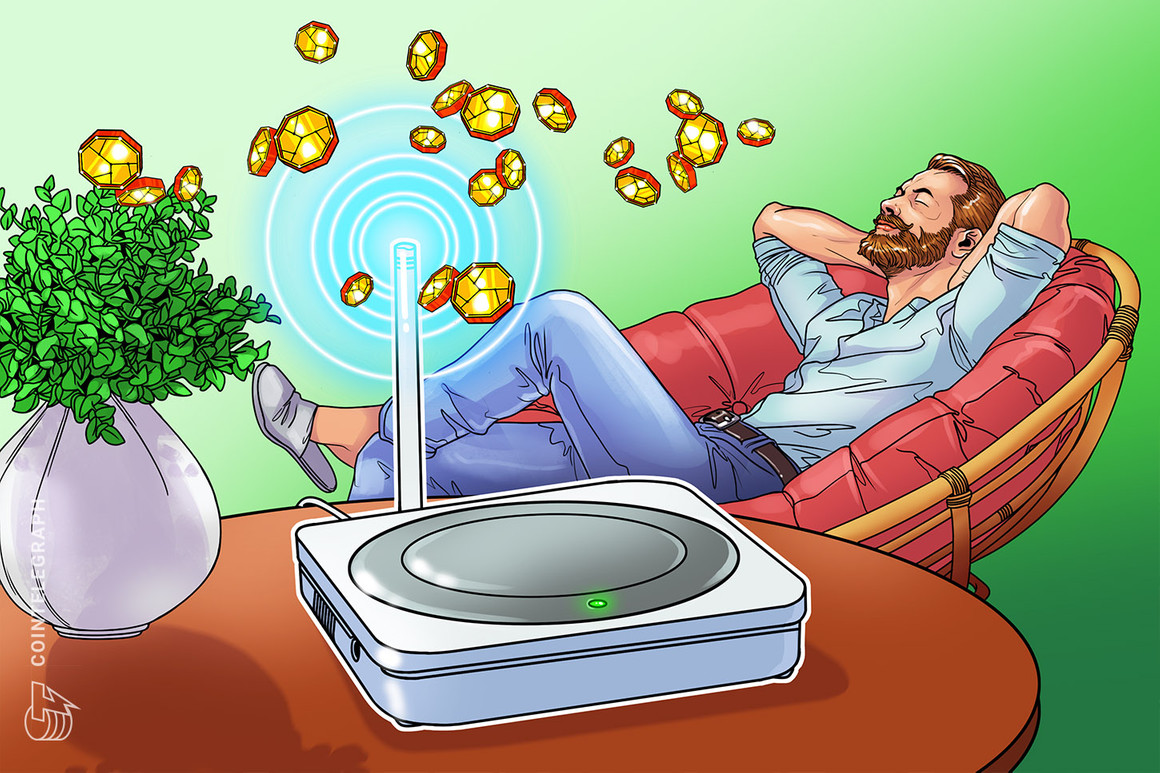Mining helps verify the legitimacy of transactions conducted via a blockchain network such as the Bitcoin blockchain. Miners can start mining cryptocu
Mining helps verify the legitimacy of transactions conducted via a blockchain network such as the Bitcoin blockchain. Miners can start mining cryptocurrencies using hardware like a central processing unit (CPU) or application-specific integrated circuits (ASICs). Alternatively, they can use smartphones powered by Android and iOS systems to mine the cryptocurrencies of their choice.
But, how about mining cryptocurrencies via a decentralized wireless network? Strange it may sound, but miners can now mine cryptocurrencies without relying on expensive infrastructure. Helium Network has made it possible by allowing nodes to act as hotspot devices.
This article will discuss the Helium ecosystem, Helium mining, HNT hotspot miner and how does a Helium miner work?
What is the Helium network?
Helium is a dispersed network of hotspots that offers LoRaWAN-capable Internet of Things (IoT) devices, a long-range wireless service that is publicly accessible by global citizens. LoRaWAN stands for Long Range Wide Area Network, and IoT devices may communicate with one another via LoRa thanks to the open LoRaWAN protocol. IoT devices are smart “gadgets” that connect to a network and exchange data, offering a more comprehensive range of connectivity than Wi-Fi.
Helium blockchain was developed exclusively to encourage the development of real, decentralized wireless networks. With Helium, anyone can own and manage a wireless IoT network using a unique, portable radio router known as a hotspot. Hotspots are wireless plug-and-play devices that offer superior connectivity than WiFi.
Hotspots are used by miners to build The People’s Network, a long-range wireless network that provides coverage for IoT devices with meager power requirements in exchange for Helium (HNT), the Helium blockchain’s native cryptocurrency. The Helium Community has permitted third-party manufacturers to sell a range of Helium Hotspots.
Proof-of-coverage (PoC), a novel work algorithm, is used by the Helium blockchain to confirm that hotspots accurately describe their location and the wireless network coverage they are generating from it. Radio waves are used during the mining process and hotspots are rewarded for acting as witnesses for peers’ performance, completing PoC challenges and sharing device data. The most valuable tool for viewing data linked to POC is the Helium Network Explorer.
But, why would someone choose Helium Network over their standard internet service provider? The possible reasons include a high level of security, Helium being completely encrypted and affordable universal internet access.
Additionally, users do not need to bear charges that a cellular provider might impose, such as overage fees or the cost of extra hardware like a SIM card. That said, users only pay for the data they used to connect their devices using the Helium Console to begin using the Helium Network.
What is a Helium miner?
Utilizing specialized hardware known as hotspots, Helium miners offer the Helium network wireless network coverage. By acquiring or constructing a WHIP-compliant hotspot and staking a token deposit corresponding to the density of other miners operating in their area, users become miners on the Helium network.
In addition to the blockchain protocol, the Helium Wireless protocol called WHIP, a network of independent providers rather than a single coordinator, offers a bi-directional data transfer method between wireless devices and the internet. The task of verifying to hotspots that device data was sent to the intended location and that the miner should be compensated for their services falls on internet applications that buy encrypted device data from miners called routers.
Hotspots are of three types, as explained below:
- Full hotspots: These hotspots maintain a full copy of the HNT blockchain and receive rewards for all participation activities, including proof-of-coverage.
- Light hotspots: With the help of the Light Hotspot software, these hotspots use validators to participate as full hotspots without incurring the additional costs of keeping a local copy of the blockchain. In addition, they are rewarded for proof-of-coverage and data transfer activities.
- Data-only hotspots: Just like light hotspots, these hotspots use validators to get information about the Helium blockchain. However, they are rewarded for data transfer activities only.
How does Helium mining work?
Radio wave technology is utilized to carry out Helium mining instead of CPUs or ASICs. In addition, blockchain technology is used to create a wireless network that is more reliable than the network provided by established traditional wireless service providers.
Helium hotspots or miners provide long-range wireless coverage using special devices called LoRaWAN transmitters. So, how to earn Helium tokens in return? By mining and expanding The People’s Network’s coverage with suitable hotspots, miners gain HNT. The reward amount is correlated with the data a miner will transfer,…
cointelegraph.com
